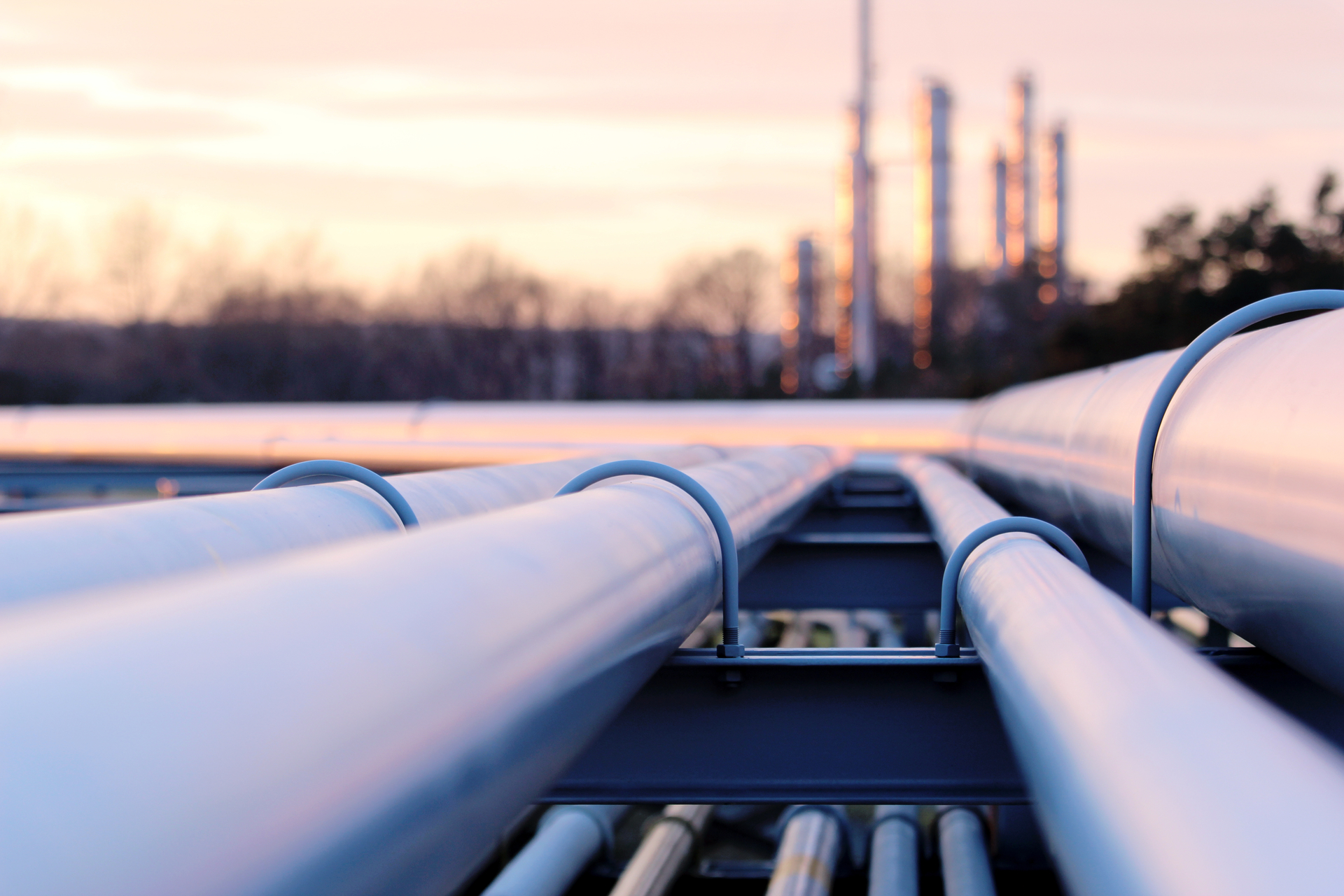A Newly Proposed Canadian Cap and Trade System Proposed by Canada
On December 7, during COP 28, the Government of Canada announced plans to cap oil and gas emissions.1 Specifically, it introduced its draft of the Regulatory Framework for an Oil and Gas Sector Greenhouse Gas Emissions Cap (the “framework”)2. By enacting regulations under the Canadian Environmental Protection Act, it intends to cap emissions by 2030 at levels 20% – 23% below 2019 levels (with the use of offsets) and 35% – 38% (without the use of offsets).
In 2019, the Canadian oil and gas industry emitted approximately 171 megatons (MT) of carbon dioxide equivalent (CO2e) (the “baseline emissions”). The framework aims to reduce those emissions by 35% – 38% by 2030, resulting in emissions of approximately 106 – 112 megatons a year (the “emissions cap”). Recognizing the target emissions are a stretch goal, the framework has a legal upper bound concept that would allow 2030 emissions to go as high as 131 – 13 MT, a 20% – 28% reduction from the baseline emissions, utilizing compliance credits. In short, the framework provides that industry is capped at the emissions cap, but it can emit up to the legal upper bound (emit an additional 25 megatons) by utilizing compliance mechanisms.
The following is a graphic illustration of the above from the framework:

The framework’s cap component
Once effective, the framework will prohibit oil and gas facilities3 (the “covered facilities”) from emitting GHGs unless they are registered under the cap-and-trade system and have an emissions allowance or other credit allowing them to emit a certain amount of GHGs in any given year.
The regulator will issue “emission allowances,” each representing one tonne of CO2e, up to the emissions cap’s 106 – 112 megatons. The emission allowances will be assigned to the covered facilities (in proportion to their emissions). Covered facilities will be prohibited from emitting GHGs without remitting one emission allowance or other eligible compliance unit for each tonne of GHG emissions they emit up to the legal upper bound in a year.
The compliance periods will be set out for three years. This facilitates the banking of credits and planning windows for emissions reductions.
In 2030 the total cap on emissions will be:
- The emissions cap, which will be equivalent to the total emissions allowances issued by Canada; and
- The legal upper bound, which is the maximum emissions the oil and gas sector will be allowed to emit (i.e. “maximum emissions” total number of emissions allowances issued plus maximum quantity of other eligible compliance units.)
The framework sets the 2030 maximum emissions “at a level slightly below what emissions would be if covered sources achieved technically achievable emissions reductions.”4 The legal upper bound would decrease over time to ensure total sector emissions are reduced to net-zero GHG emissions by 2050.
The initial emissions allowances will be issued at no cost. Over time, the government will allocate fewer emissions allowances to require covered facilities to cut emissions or buy allowances, purchase offsets or contribute to a decarbonization fund.
The framework’s trade component
The framework recognizes that the emissions reductions necessary to meet the emissions cap level will be different in quantity and timing from one covered facility to another. To accommodate this and add some flexibility in terms of when a covered facility must reduce emissions, the framework has introduced the concept of “compliance flexibility.”
Compliance flexibility grants covered facilities the option to remit recognized federal and provincial domestic off-set credits or contribute to a decarbonization fund to cover a limited portion of their emissions. Emissions allowances would be tradable among covered facilities but would be unique to the framework’s cap-and-trade system. That is, credits related to other carbon pricing systems, including federal and provincial output-based pricing systems or cap-and-trade systems, would not be eligible for use as emissions allowances.
Covered facilities would, however, have the option (over and above emissions allowances) to remit offset credits from:
- Canada’s GHG offset credit system; and
- Provincial offset credits recognized for use under the federal Output-Based Pricing System Regulations.
They would only be allowed to remit these compliance credits up to the percentage of GHG emissions between the cap (total emissions allowances issued for a year) and the legal upper bound, which is currently estimated to be approximately 20% of a facility’s GHG emissions. Alternatively, they can contribute to the to-be-established decarbonization fund.
The framework’s reporting, quantification and verification component
All covered facilities will be required to submit annual reports, including:
- Its scope 1 GHG emissions and their annual production; and
- Its indirect GHG emissions.
It is expected that the reporting requirement will start in 2026.
A quantification scheme is being developed and will be set out in the regulations.
The framework contemplates a third-party verification being required that will be set out in the regulations. This verification would have to be submitted every July 31st.
What’s next?
The Canadian government is seeking input into the framework to help inform developing the draft regulations, which it intends to publish in mid-2024 for comment. The stated intent is to enact the regulations in 2025, with the reporting obligations to be effective 2026, and the emissions cap to be phased in between 2026 and 2030.
The input from the Alberta government has already been stated definitively. At a press conference held the day the framework was released, Premier Smith stated: “There’s no question that if they continue on this path, it will end up in court and I think we will win.”5
Saskatchewan is also looking at potential constitutional challenges to the framework. Saskatchewan’s premier stated on social media: “Saskatchewan remains opposed to the new methane regulations and the oil and gas emissions cap, and we will protect our constitutional right to build our economy in accordance with the priorities of Saskatchewan families and businesses.”
The uncertainty around the framework is compounded by Canada’s recent attempts to regulate GHG emissions via the proposed Clean Energy Regulations and the proposed Oil and Gas Methane Regulations. Ultimately, Alberta and Saskatchewan believe the Government of Canada is attempting to unilaterally regulate emissions over oil and gas, which are primarily regulated by the provinces, and they will continue to challenge what they see as intrusions into provincial jurisdiction. In essence, we are left with warring federal and provincial climate plans.
Of course, there is also a federal election that will occur before the fall of 2025. Should there be a win by the Conservative Party, this framework is very unlikely to survive in its current form.
Over the next few months, governments, oil and gas companies and others will be working diligently to influence the final version of the framework to ensure it is a workable system that aligns with existing emission reduction schemes. Should the discussions not meet Alberta and Saskatchewan’s expectations, a court challenge to the framework is very likely.
Ultimately, to meet the shared policy goals of emissions reductions, energy security and economic growth, clarity on emissions policies, incentives and regulatory regimes is critical. When considered in light of the investment decisions, regulatory hurdles and actual construction that need to occur to put in place emissions mitigations and abatement, 2030 is not in the distant future. Sorting out what the emissions reduction regime will be needs to occur as soon as possible.






